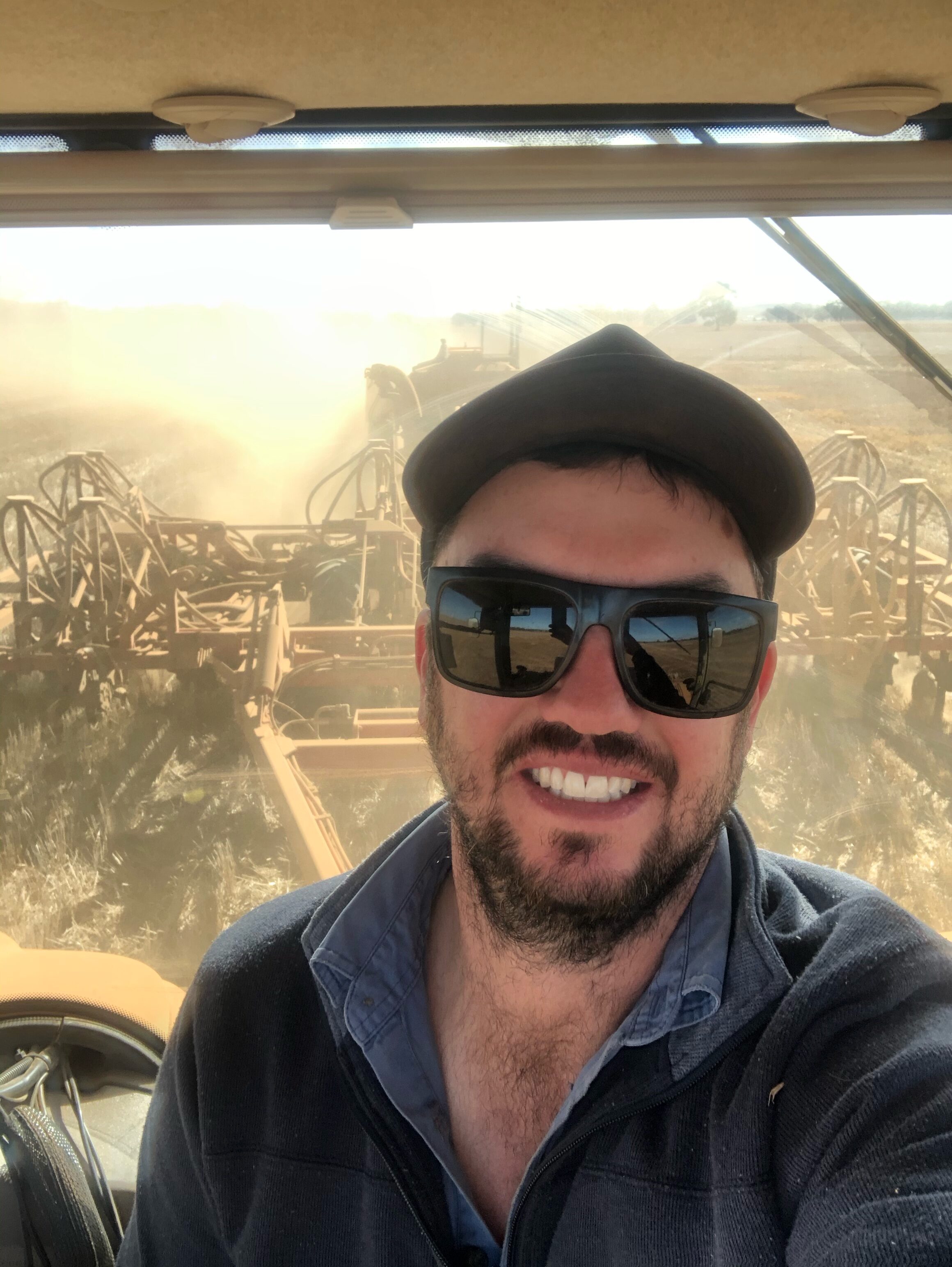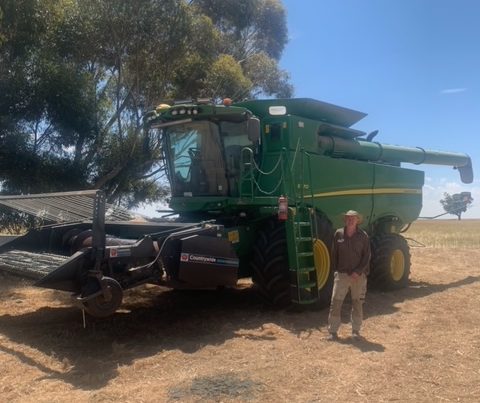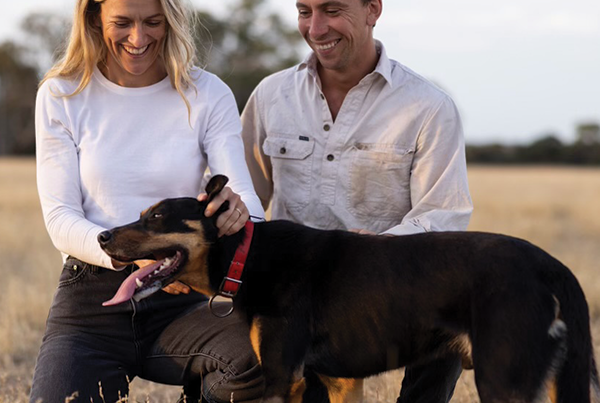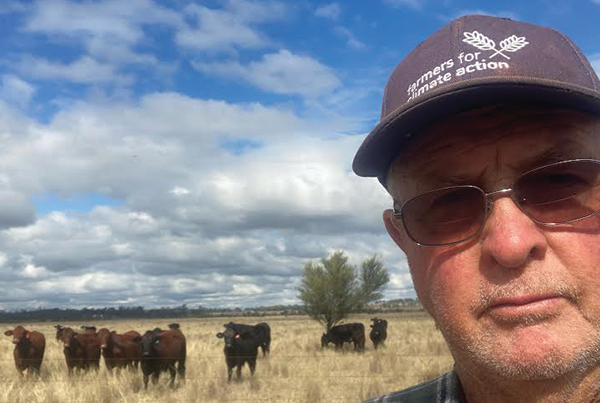At a glance
Who: James Moore
What: Mixed farming of winter crops and self replacing merino flock on 1000 hectares
Where: 220km north of Adelaide, Jamestown, SA
Can you tell us about your property?
My wife and I live on the family farm with my parents. We are a mixed farming enterprise growing wheat, barley and canola to harvest, and vetch and barley mixture for the sheep to graze. We have a self-replacing merino ewe flock and we normally join 800 ewes each year. Our property is all arable and we have a cropping ration to improve and utilise our soils. The long term average rainfall on our farm is 450mm but is highly variable. In 2019 we received 273mm and in 2020 we received 573mm so we need to have a very adaptable production system.
What first got you thinking about climate change?
Growing up on the farm and listening to my father and grandfather about how the weather is changing over time made me interested to understand and keen to adapt to the changes in weather.
Has climate change impacted on your farm business?
Climate change has impacted our business because we have to ensure we are on the front foot with new ideas to utilise what moisture is available, that is our biggest limiting factor out here. Changing farming practices to make sure there is very minimal water run off now so it’s all about harvesting that water and making sure the plants are equipped to use the moisture. With the cost of production continuing to climb at a higher rate than grain prices and the unpredictable weather we need our land to perform at its best. We need to be able to adapt and adjust with the weather to be sustainable.
What are some of the climate-smart strategies you’ve been employing and how successful have they been?
More carbon in the soils means more moisture so that is one of our number 1 goals. We have started pregnancy scanning our ewes so that we are only keeping the fertile animals as we need to make sure we do not overgraze our stubble. It is very important that when grazing the stubble in summer that there is sufficient ground cover so we can harvest any summer or autumn rain. Bare soil increases run off, evaporation and releases more carbon so the grazing program needs to make sure sufficient ground cover remains. We sow our crops in between last years stubble using a GPS guided system to make sure that we are leaving a large amount of cover on our paddocks so the straw can break down over the winter months adding more carbon into the soil and this will help maintain moisture levels during drier periods.
